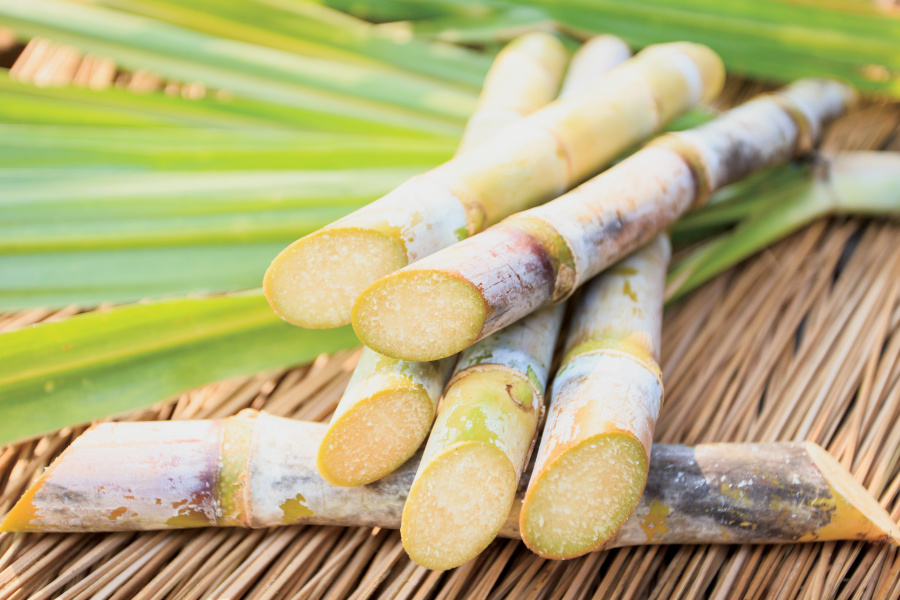
Did you know Florida leads the nation in the production of sugar cane? The sweet crop can be grown anywhere in Florida, but most of the commercial sugar cane production happens in South Florida near the southern tip of Lake Okeechobee. Read on for more sweet facts about Florida sugar cane:
- Florida produces 52% of the total U.S. value for sugar cane for sugar and seed.
- Approximately 70% of Florida’s commercial sugar cane acreage is in Palm Beach County.
- The remaining 30% of Florida’s sugar cane is grown in Hendry, Glades and Martin counties.
- Sugar cane planting takes place from late August through January.
- Sugar cane is harvested between late October and mid-April.
- Sugar cane can be grown as a hobby crop for syrup production or for “chewing cane,” but in South Florida, sugar cane is grown commercially for the production of crystal, or white, sugar.
- Sugar cane is a tropical grass native to Asia.
- Roughly 75% of the world’s sugar comes from sugar cane. (The other 25% comes from sugar beets.)
- Most of the fibrous portion of the cane stalks (called bagasse) is burned as fuel for sugar mills.
- Florida is the largest producer of sugar cane in the United States, followed by Louisiana, Texas and Hawaii.
- The United States’ sugar production falls short of U.S. sugar consumption, so almost one-fifth of the sugar consumed in the U.S. is imported.
- An average sugar cane stalk weighs about 3 pounds but contains only about .3 pounds of sugar.
See more: Farm Facts: Peanuts
Sources: Florida Farm Bureau, UF/IFAS









I need information to buy from you by quantity
How can I buy sugarcane and peanuts from you
I need to buy sugar cane
[…] Hendry, Glades and Okeechobee counties. These ZIP codes are where most of the state’s sugar crop is grown and where residents battle the smoke from burning sugar cane fields before harvest […]
I want to buy White Sugar Cane, please how I can do
How does Florida produce sugar from sugar cane –
How is sugar manufactured – by force
I just want to know if I can have some sugar cane Hay because I am starting my Oyster mushroom controled farm
How’s that farm been coming along for you so far?